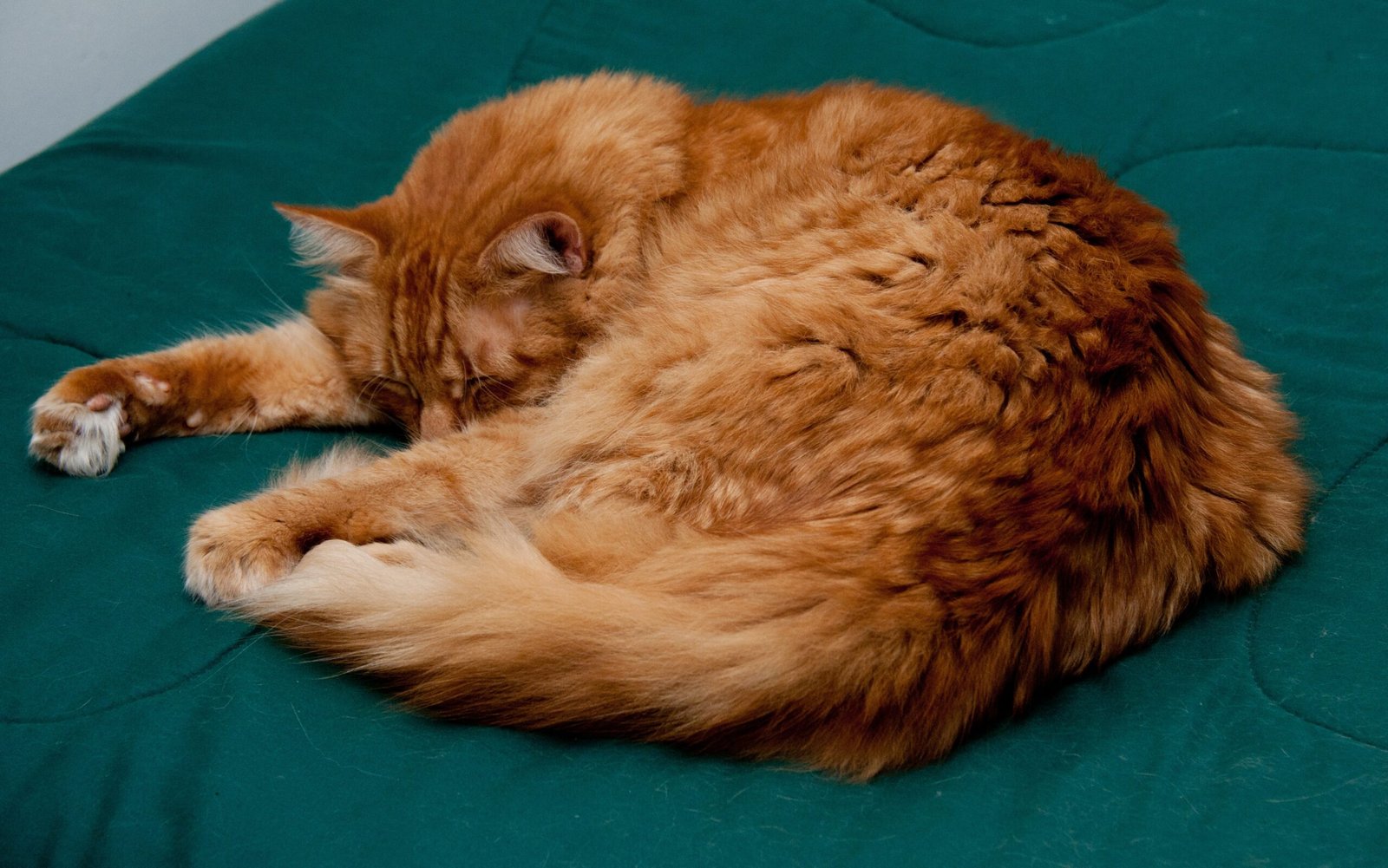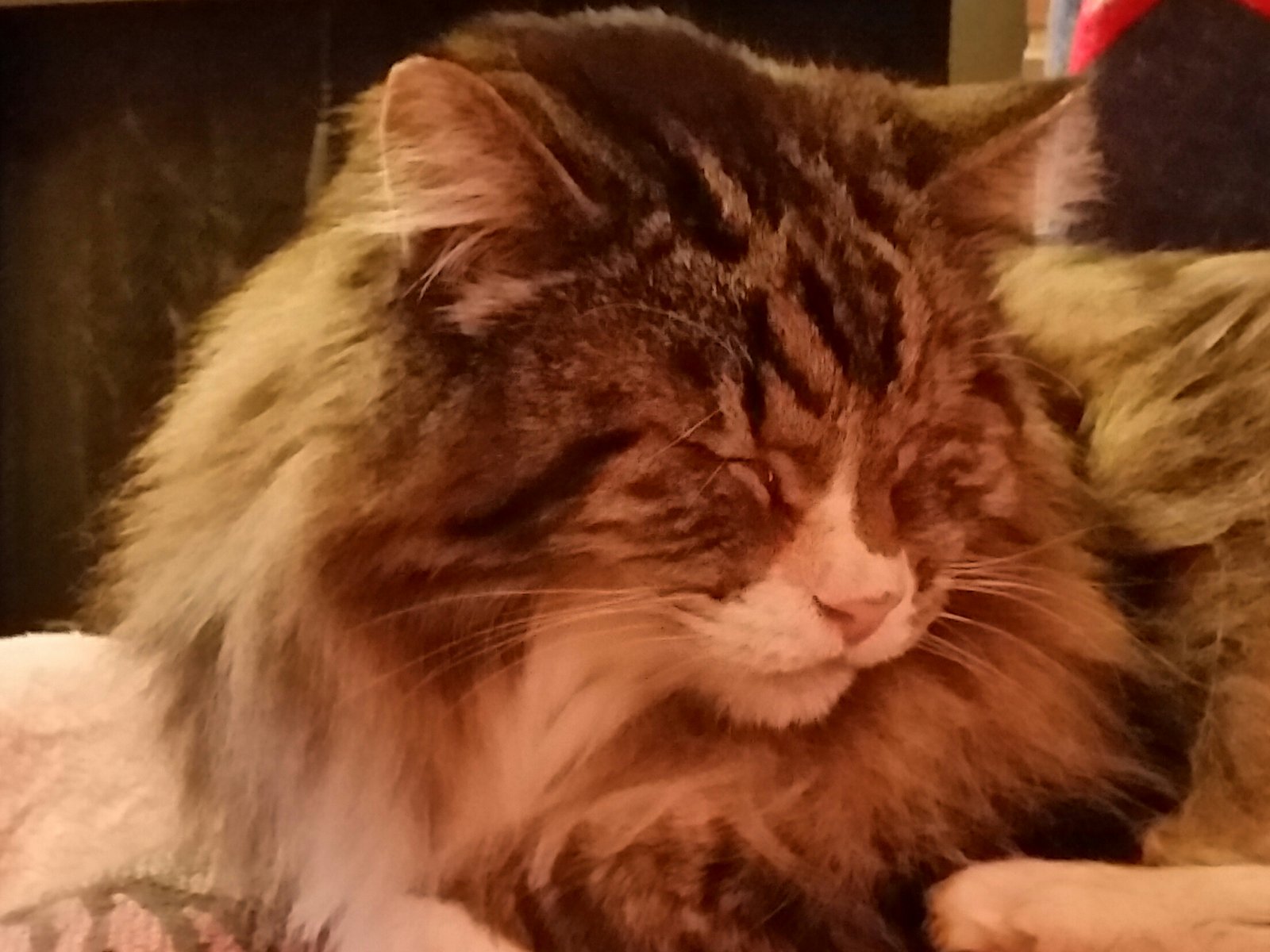Have you ever caught your cat curled up in a new spot, seemingly out of nowhere? One day they’re basking in a sunbeam on your bed, and the next, they’re nestled in a laundry basket or under the coffee table. This ever-changing sleep routine can be both amusing and bewildering for cat owners. But behind this quirky habit lies a fascinating world of feline instincts, emotions, and daily needs. If you’ve ever wondered what it really means when your cat changes sleeping locations often, you’re about to find out—and you might be surprised at just how much your cat is trying to tell you.
The Feline Instinct for Safety and Security

Cats are natural survivors. Even the most pampered house cat carries centuries of wild instincts. One of the strongest is the need to feel safe while sleeping. In the wild, cats move their sleeping locations frequently to avoid predators and keep themselves protected. Your indoor cat might not face any real danger, but this hardwired behavior remains. When your cat changes sleeping spots, it’s often a sign they’re seeking a place that feels especially secure at that moment. Factors like noise, new people in the house, or even a sudden draft can push them to scout out a safer-feeling spot.
Responding to Temperature and Comfort

Cats are experts at seeking out the coziest, most comfortable places to nap. If you notice your feline friend switching spots as the seasons change, it’s likely they’re chasing warmth in winter or searching for a cool breeze in summer. For example, a sunny windowsill may be perfect on a chilly morning, but as the day heats up, your cat might retreat to a shaded closet or a tile floor. Their changing sleep locations can be as simple as a practical pursuit of the perfect temperature. Even the softness or scent of a blanket can suddenly make one place more appealing than another.
Marking Their Territory Around the House

Believe it or not, your cat is a little territorial explorer. By sleeping in various locations, they’re subtly marking their presence throughout your home. Cats have scent glands in their cheeks and paws, and when they settle in a spot, they leave behind a gentle scent marker that claims it as “theirs.” Rotating among different places helps them feel more in control of their environment, reinforcing their sense of ownership and comfort. Think of it as your cat’s way of saying, “This whole place belongs to me.”
Reacting to Household Changes and Stress

Cats are sensitive creatures, and small changes in their environment can feel enormous to them. Rearranged furniture, new pets, visiting guests, or even a change in your daily schedule can prompt your cat to seek out a new sleeping area. They might be looking for a quieter, less busy spot when the household feels hectic. If your cat is suddenly sleeping in unusual places more often, it can sometimes be a sign of anxiety or stress. Paying attention to these shifts can help you better understand your cat’s emotional state and adjust their environment to help them feel secure.
Curiosity and the Need for Mental Stimulation

Just like people, cats can get bored with the same routine. Exploring new sleeping spots can be a source of excitement and mental stimulation. That freshly folded pile of laundry or that empty cardboard box presents an irresistible novelty. By changing up their napping locations, cats satisfy their curiosity and keep their environment interesting. If your cat is often on the move, it could be their way of spicing up their day and warding off boredom. This behavior is especially common in younger, more active cats who love discovery and play.
Bonding and Seeking Social Connection

Sometimes, a change in sleeping location is your cat’s subtle way of getting closer to you. If you move to a new room, don’t be surprised if your cat soon follows suit and naps nearby. Cats may choose a spot where they can keep an eye on their favorite people, or where they feel more included in the household’s social activities. This can be a sign of trust and affection. On the flip side, some cats may seek solitude when they want a break from social interaction, choosing a hidden corner or quiet closet for their naps.
Health Concerns and Physical Discomfort

Occasionally, frequent changes in sleeping locations can signal a health issue. Cats who are experiencing pain or discomfort may have trouble settling in their usual spot. Arthritis, injuries, or conditions like urinary tract infections can cause your cat to search for a place that feels better on their body. If you notice other signs like limping, difficulty jumping, or changes in appetite along with shifting sleep spots, it’s time to consult your veterinarian. Early detection is key, and your cat’s sleeping habits could be the first clue.
Age and Life Stage Adjustments

As cats grow older, their sleeping patterns and preferences often change. Kittens are bundles of energy and curiosity, quickly cycling through favorite spots as they explore every nook and cranny. Adult cats tend to settle into routines but still enjoy some variety. Senior cats, on the other hand, might seek softer, more accessible areas that are gentle on their joints. Changes in sleep location for older cats can reflect their need for extra comfort and security as they age. Watching where your cat sleeps can give you insight into their changing needs throughout their life.

Growing up traveling and experiencing new cultures and wonders, I have had a passion for nature, adventuring, photography, and videography. I am currently working towards a BSc in Biodiversity and Ecology at Stellenbosch University, and I hope to specialise in Marine Sciences one day.
Please send any feedback to Feedback@animalsaroundtheglobe.com






